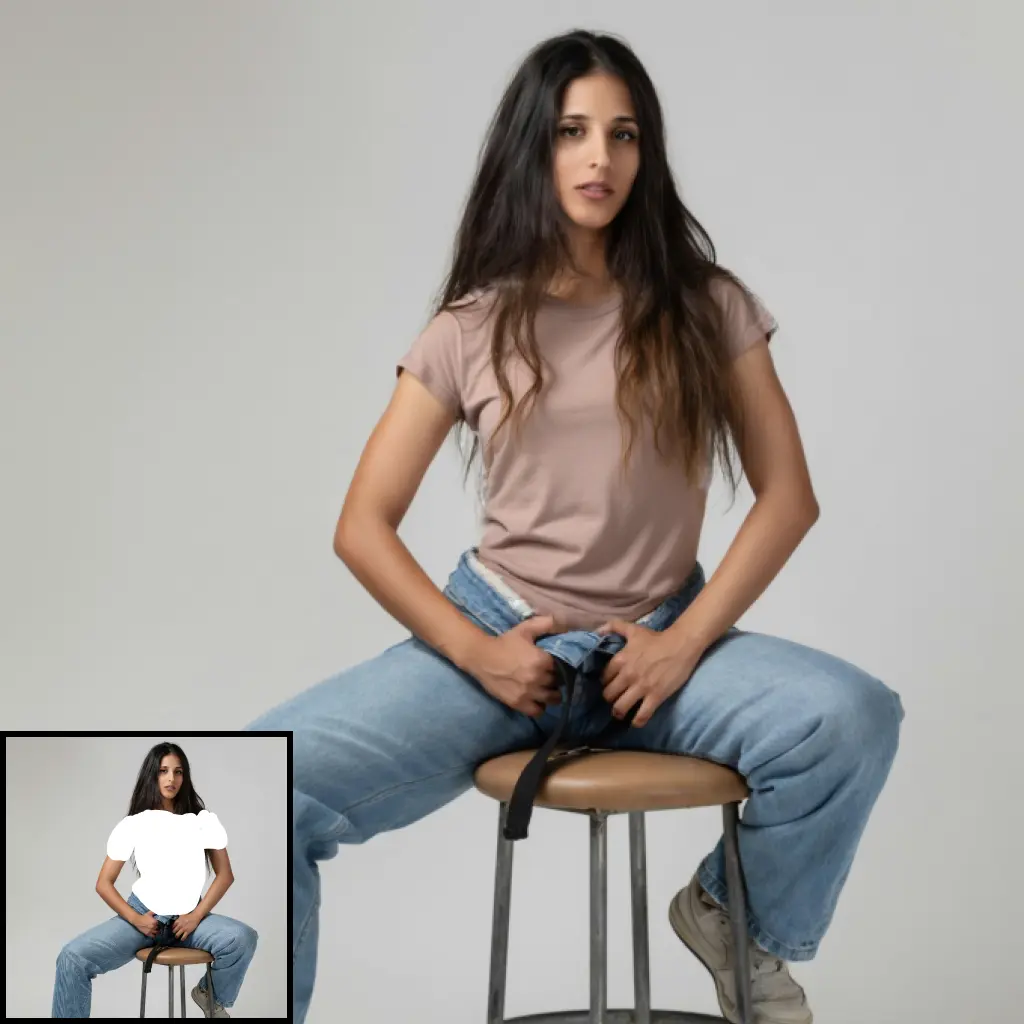ComfyUI Node: MorphologicOperation
MorphologicOperation
CategoryBmad/CV/Morphology
bmad4ever (Account age: 3682days) Extension
Bmad Nodes Latest Updated
2024-09-02 Github Stars
0.06K
How to Install Bmad Nodes
Install this extension via the ComfyUI Manager by searching for Bmad Nodes- 1. Click the Manager button in the main menu
- 2. Select Custom Nodes Manager button
- 3. Enter Bmad Nodes in the search bar
Visit ComfyUI Online for ready-to-use ComfyUI environment
- Free trial available
- 16GB VRAM to 80GB VRAM GPU machines
- 400+ preloaded models/nodes
- Freedom to upload custom models/nodes
- 200+ ready-to-run workflows
- 100% private workspace with up to 200GB storage
- Dedicated Support
MorphologicOperation Description
Perform various morphological transformations on images for image processing and computer vision, enhancing, cleaning, and extracting features.
MorphologicOperation:
The MorphologicOperation node is designed to perform a variety of morphological transformations on images, which are essential techniques in image processing and computer vision. These operations can help you enhance, clean, or extract specific features from your images, making them more suitable for further analysis or artistic manipulation. The node supports a range of operations such as erosion, dilation, opening, closing, gradient, top hat, and bottom hat, each serving a unique purpose in modifying the structure of the image. By applying these operations, you can achieve effects like noise reduction, object separation, and edge detection, which are crucial for creating high-quality AI-generated art.
MorphologicOperation Input Parameters:
src
This parameter represents the source image that you want to process. It should be an image file that you wish to apply the morphological operations to.
operation
This parameter specifies the type of morphological operation to be applied to the image. The available options are MORPH_ERODE, MORPH_DILATE, MORPH_OPEN, MORPH_CLOSE, MORPH_GRADIENT, MORPH_TOPHAT, and MORPH_BLACKHAT. The default value is MORPH_ERODE. Each operation has a different effect on the image, such as shrinking or expanding objects, removing noise, or highlighting edges.
kernel_type
This parameter defines the shape of the structuring element (kernel) used in the morphological operation. The available options are MORPH_RECT, MORPH_ELLIPSE, and MORPH_CROSS. The default value is MORPH_RECT. The choice of kernel shape can influence the outcome of the operation, affecting how the image is processed.
kernel_size_x
This parameter sets the width of the kernel. It is an integer value with a default of 4, a minimum of 2, and increments in steps of 2. The size of the kernel determines the extent of the morphological operation, with larger kernels having a more pronounced effect.
kernel_size_y
This parameter sets the height of the kernel. It is an integer value with a default of 4, a minimum of 2, and increments in steps of 2. Similar to kernel_size_x, the height of the kernel affects the scope of the operation.
iterations
This parameter specifies the number of times the morphological operation is applied to the image. It is an integer value with a default of 1 and increments in steps of 1. Increasing the number of iterations can enhance the effect of the operation, making it more noticeable.
MorphologicOperation Output Parameters:
IMAGE
The output is the processed image after the specified morphological operation has been applied. This image will reflect the changes made based on the chosen operation, kernel type, kernel size, and number of iterations. The result can be used for further processing or as a final output for your artistic projects.
MorphologicOperation Usage Tips:
- Experiment with different
operationtypes to see how each one affects your image. For example, useMORPH_GRADIENTto highlight edges orMORPH_CLOSEto fill small holes in objects. - Adjust the
kernel_size_xandkernel_size_yparameters to control the extent of the morphological operation. Larger kernels will have a more significant impact on the image. - Use the
iterationsparameter to fine-tune the effect. More iterations can enhance the operation's impact, but be cautious as too many iterations might distort the image.
MorphologicOperation Common Errors and Solutions:
Invalid operation <operation> for morphology. Must be one of 'erode', 'dilate', 'open', 'close', 'gradient', 'tophat', 'bottomhat'
- Explanation: This error occurs when an invalid operation type is specified.
- Solution: Ensure that the
operationparameter is set to one of the valid options:MORPH_ERODE,MORPH_DILATE,MORPH_OPEN,MORPH_CLOSE,MORPH_GRADIENT,MORPH_TOPHAT, orMORPH_BLACKHAT.
Kernel size must be a positive integer
- Explanation: This error occurs when the kernel size parameters
kernel_size_xorkernel_size_yare set to non-positive values. - Solution: Ensure that both
kernel_size_xandkernel_size_yare set to positive integers, with a minimum value of 2.
Image not found or invalid format
- Explanation: This error occurs when the source image
srcis not provided or is in an unsupported format. - Solution: Ensure that the
srcparameter is set to a valid image file in a supported format.
MorphologicOperation Related Nodes
RunComfy is the premier ComfyUI platform, offering ComfyUI online environment and services, along with ComfyUI workflows featuring stunning visuals. RunComfy also provides AI Playground, enabling artists to harness the latest AI tools to create incredible art.




